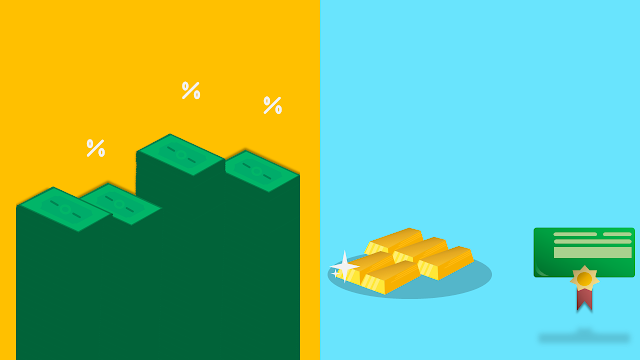Arrival of the pandemic and the following monetary stance have shifted some key macro variables to the extreme. One of the major windfalls of the pandemic for Bangladesh economy is remittance. Restriction of cross border movement shut the illegal remittance market (e.g. hundi). As a result, remittance in the book grew significantly posting 50-60% YoY (Year over Year) growth for the last few months. Some other factors may have played some role too in this regard, but this one is thought to be the most significant one. With the falling import and moderate export growth, remittance turned out to be a significant driver towards the swelling BoP surplus. This gives the central bank, Bangladesh Bank, a lot of flexibility in conducting expansionary monetary stance to support the economy in its critical time.
We are observing a time when there is ample liquidity in the financial system, BoP surplus growing, interest rate falling and inflation remaining at comfortable range. I will try to explain the relationship between these key macro variables in order of events. I want to do this mostly because I want to hone my understanding so that it becomes easier for me to explain to others and I become one notch better to keep track of the variables and the events following. I have used the terms money supply and liquidity interchangeably.
![]() Pandemic Arrives, Lockdown Imposed, Expansionary Monetary Policy Adopted:
Pandemic Arrives, Lockdown Imposed, Expansionary Monetary Policy Adopted:
As pandemic arrives and turns into a potential threat, Government imposes lockdown. It naturally means slower economic activity and rising unemployment. It means two things: (a) when the lockdown is lifted and businesses resume, they have to bear the additional cost due to disruption in supply chain and (b) unemployment, higher tendency to save and drop in income level pushes consumer spending to the ground.
The central bank also cut CRR (Cash Reserve Ratio). All these injected new money in the system.
Consequently, interest rates on treasury bill and bond drops. Government provides stimulus money through banks to the businesses based on several criteria.
![]() Apart from the Loan under Stimulus Package, Banks Remain Cautious in Providing Credit:
Apart from the Loan under Stimulus Package, Banks Remain Cautious in Providing Credit:
Private sector credit growth is yet to pick up. Banks stay reluctant in expanding their loan book when businesses are just starting to revive. Moreover, businesses’ appetite for loan has also fallen since most of them are deferring their long-term investment. As a result, the increase in money supply is not translating into higher credit growth. Now most banks are hoarding liquidity and waiting for the economy to heal from its wounds. That’s why we keep hearing about excess liquidity. Deposit growth is currently higher than credit growth. Demand for deposit is low for banks. Hence, banks are lowering their FDR (Fixed Deposit Receipt) rate.
3. BoP Surplus and BB’s Purchase of Greenbacks:
Remittance growth has been stellar. With falling import and moderate export growth, remittance fueled the BoP surplus to a record level. Naturally it puts appreciation pressure on BDT, the local currency against USD, the foreign currency since foreign currency inflow is higher than outflow. BB wants to keep the exchange rate stable to keep the exporter’s incentive and import cost at a balance. When supply of foreign currency (here, mostly USD) increases in the financial system, BB purchases USD from banks in exchange of BDT. It also increases money supply in the financial system.
So, BB’s expansionary monetary stance (e.g. through purchase of government securities, CRR cut), low credit growth and growing BoP surplus mostly driven by remittance injecting liquidity in the system and pushing interest rate down.
4. Inflation Stays Stable:
When money supply increases in the economy, we think of inflationary pressure. But without the velocity, increasing money supply doesn’t translate into increasing inflation.
*Money Velocity= The velocity of money is a measurement of the rate at which money is exchanged in an economy. It is the number of times that money moves from one entity to another. It also refers to how much a unit of currency is used in a given period of time.
Money velocity in Bangladesh has been on the downward trend prior to the arrival of pandemic. With the impact of pandemic, money velocity has dropped further. We don’t know the extent of the fall yet.
Here is an excerpt from Bangladesh Bank's Monetary Policy for FY21
In USA, money velocity has dropped to the record low. Hence, inflation is not an immediate aftermath of fresh stimulus from the central bank. Some economists expect an spike in inflationary pressure when economy recovers fully and consumer spending revives.



